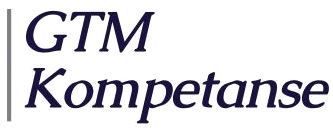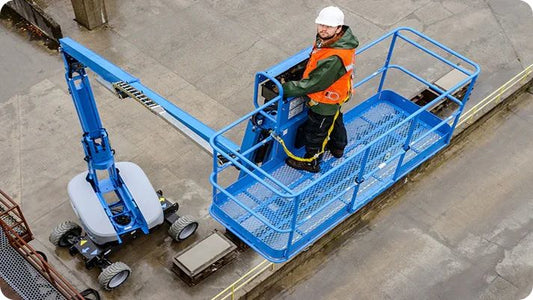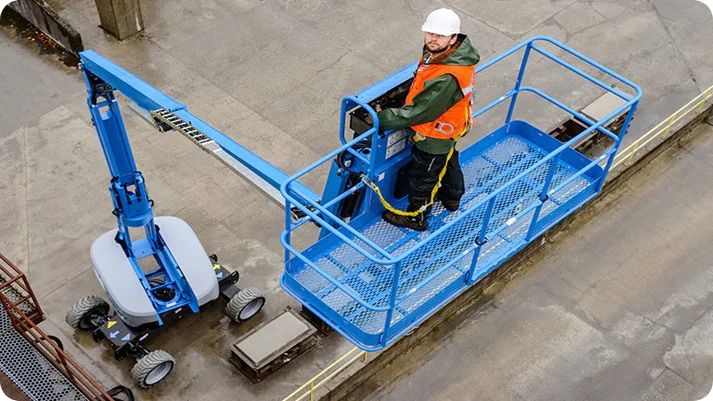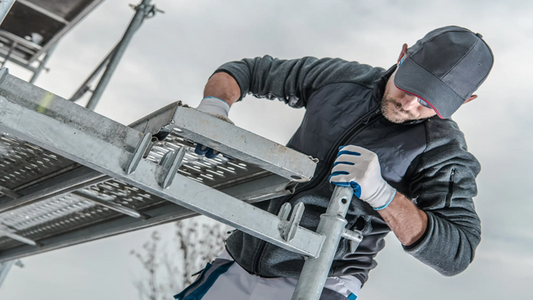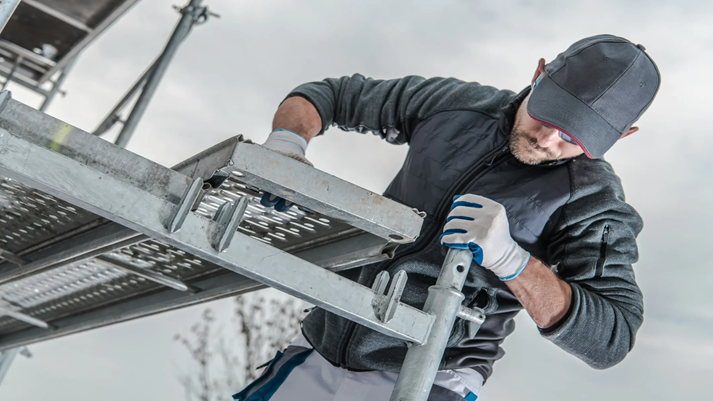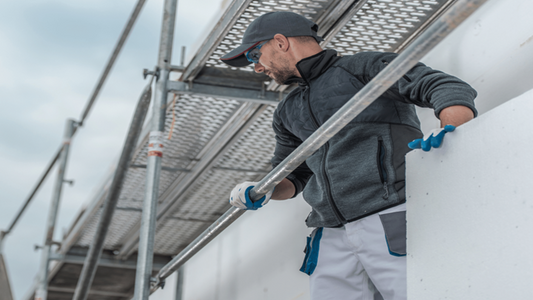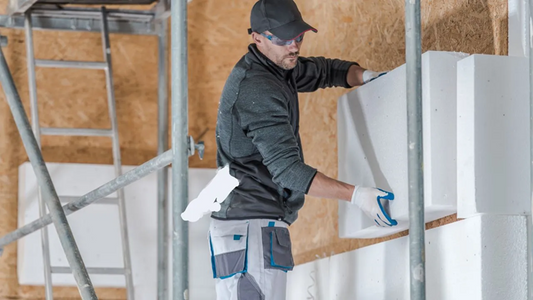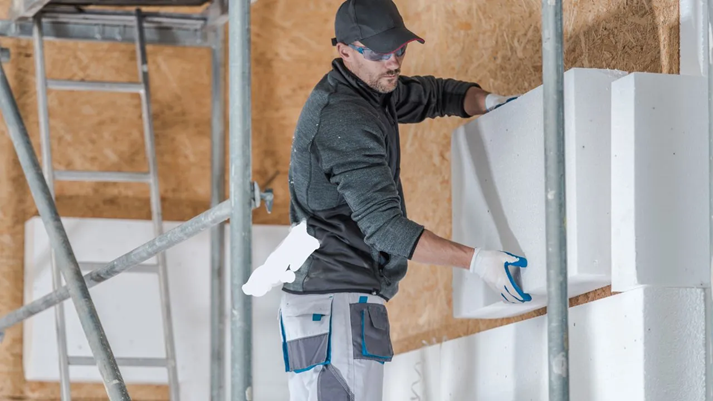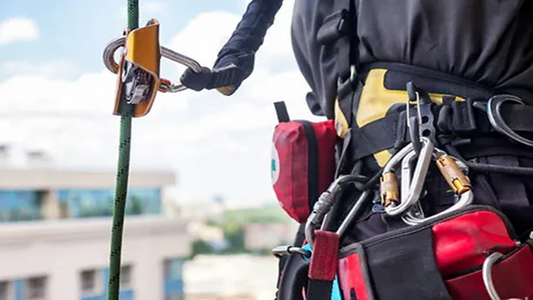Manlifts are an effective and safe aid for working at height, but only when used correctly. Incorrect use can have serious consequences – both for safety and the progress of the project. Many accidents are due to routine failures and lack of knowledge about the equipment.
In this post, we take a closer look at five common mistakes that often happen when using personal lifts, and what you can do to avoid them.
1. Lack of training
One of the most serious mistakes is using a personal lift without adequate training. According to the Regulations on the Performance of Work Section 10-2, documented safety training is required when using work equipment that requires special care – something that personal lifters are covered by.
Solution:
Make sure you or your employees have completed an approved lifting course for personal lifters . This provides the necessary knowledge about safe use, risk assessment, and proper handling of the equipment.
2. Misjudgment of the substrate
Lifts require a stable and level surface. Misjudgment of the surface can lead to tipping, overturning or sinking – especially when working outdoors or on uneven terrain.
Solution:
Inspect the surface thoroughly before setting up. Use support plates if necessary and follow the manufacturer's recommendations. Also check that the lift is suitable for the type of terrain.
3. Lack of fall protection
Even if the lift has handrails, many models require the use of fall protection equipment. Several serious accidents have occurred because the user was either not secured, or used the wrong type of harness or anchorage.
Solution:
Complete a fall protection course to learn how to select and use the correct fall protection equipment. Always check that the harness and line are correctly attached to the approved anchor point in the basket.
4. Incorrect use of emergency stop and emergency lowering
In stressful situations – such as power outages, technical failures or health problems – it is important to know how to use the emergency functions. Lack of knowledge of these can delay rescue and worsen the situation.
Solution:
Become familiar with the machine's emergency procedures and emergency functions. This is covered in a good lift course, which includes both theoretical and practical training on emergency functions. Also make sure that colleagues know where the emergency lowering is located.
5. Overloading and incorrect load distribution
Many failures occur when the lift is loaded with more than it is approved for, or when the weight is unevenly distributed. This can weaken stability and lead to tipping or damage to the equipment.
Solution:
Read the machine's load chart and follow the manufacturer's maximum load carefully. Remember that tools and materials also count towards the total weight. Avoid leaning heavily over the basket and distribute the weight evenly.
Summary: How to avoid the most common mistakes
| Error | Consequence | Prevention |
|---|---|---|
| Lack of training | Increased accident risk | Take a documented lift course |
| Unstable surface | Overturning or sinking | Consider terrain and use support plates |
| Lack of fall protection | Fall accidents | Use approved equipment and take a fall protection course |
| Incorrect emergency procedures | Delayed rescue | Learn the features in the tutorial |
| Overload | Machine damage or overturning | Follow the machine's load limit |
Are you going to work at height with personnel lifts?
GTM Kompetanse offers a complete lifting course for personal lifters that can be taken 100% online. The course covers the requirements of the working environment regulations and provides you with the documented training required by the Norwegian Labour Inspection Authority.
With the right knowledge and attitudes, you can use personal lifts safely and effectively – without putting lives or assets at risk.
